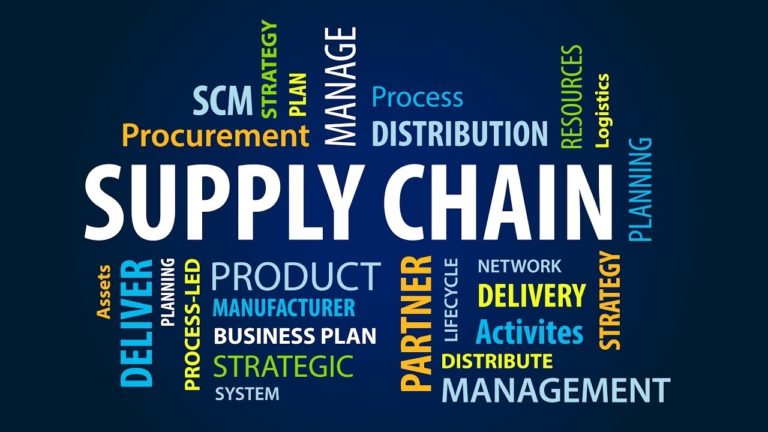Managing the Supply Chain via Logistic Networking by Sumit Wadhawan (SCMPro2018/12/1223)

3
Sep
As markets, technologies and competitive forces are hanging at a very increasing pace, it’s important for the organization to align and adapt to this process. The confusion or inability is bought to the surface when these winds of faced by force field effect from the organization’s rigid mindsets and become complex when they do not have the ability or pace up with the same rate as the market volatility of change.
The trend of industry 4.0 of industry, involving as it does the handshake of a complex flow of materials and information from a complex of information from manufacturing sites or sites which are in the linear or circular supply chain system.
Thus, it’s observed that the ONE of the driving engine of this transformation is “Logistics “
To compete and survive in these buoyant markets, a logistic as one of the key drivers or some cases where it plays pivot role it’s more imperative, to Logistics efficiencies to drive number of bottom line.
The central process is supported via a strong transfer of information gathered from all strategic points which supports the strategy team to have an “end to end” visualness of the logistic stream from upstream to downstream. The information network defines the organization structure, which means the flow of information from end of pipeline to all supply chain verticals, will support the organization with it vision.
This brings upon a greater dimension upon this is “Integration “ This integration is not vertical or circular but Logistical or we can say that there is strong significance on the hand shake of organization through Information way.
Integration, I mean collaborative coordination between buyers and suppliers to consumers (not customers) Still there are whole lot of organization this idea is still unthinkable but the signs are clearly pointing to future where it will be the extent and quality of supply chain integration that will determine the market place attainment. Over the last couple of years, there have been some critical paradigm shifts in tactics (not strategy) of automobile manufacturers who have changed from disintegrated transactional orientated to highly integrated & relationship-based supply chains.
The integrated enterprise the sole aim is to create seamless, end to end process so that innovation is brought and delivered to market at desired quality levels in shorter lead time and with a price which is been achieved from the past performance parameters. The integration is achieved through numbers of parameters –
- Supply Base Rationale – Integration of suppliers.
- Vendor development initiatives.
- Supplier involvement in design process.
- Centralization of stock/inventory
- Integrate the information via SAS / SAP or any such platform – Industry 4.0 advocates blockchain.
Integration of the supply chain as Network nodes. To achieve market leadership in the world of network competition requires a locus on network management and upon internal processes. Of the many facets of challenges faced by organizations as they make the evolution to this new ambitious ecosystem, the below are also relative –
- Collaborative strategy progression – For network competition to be effectively imp active, collaborative strategic development are crucial. This points that all nodes of networks must collectively agree with strategic goals for the network and alignment to achieve them.
- Transparent integration of Information – Data today has become the backbone of all cycle’s human interaction. It’s generated by all behaviors starting with organizations and more crucially human beings. From EDI to MRP II to ERP/ SAP and now blockchain is making feasible for organizations to take the networking highway with a much faster pace.
- Win/Win approach – Time has come for organizations to move away from age old theories or adversely thoughts of buyer/supplier relationships, the changing times are clearly pointing towards partnerships amongst them. The question hence becomes one of the determination of how the developments of the improved metrics be shared amongst all key stakeholders. Win/Win need not mean 50/50 but ratios wherein all the partners be at advantage and achieve profits as a result of integration.
Synopsis – Agile supply chain is by definition are highly collaborative. They are integrated internally cross-functionally and externally with their upstream suppliers & downstream customers. The companies who have succeeded in breaking the “Silos “are now looking to forge ever strong integration with walking on information highway from one end of the pipeline to another. The paradigm shift towards open networks is transforming the supply chain.



